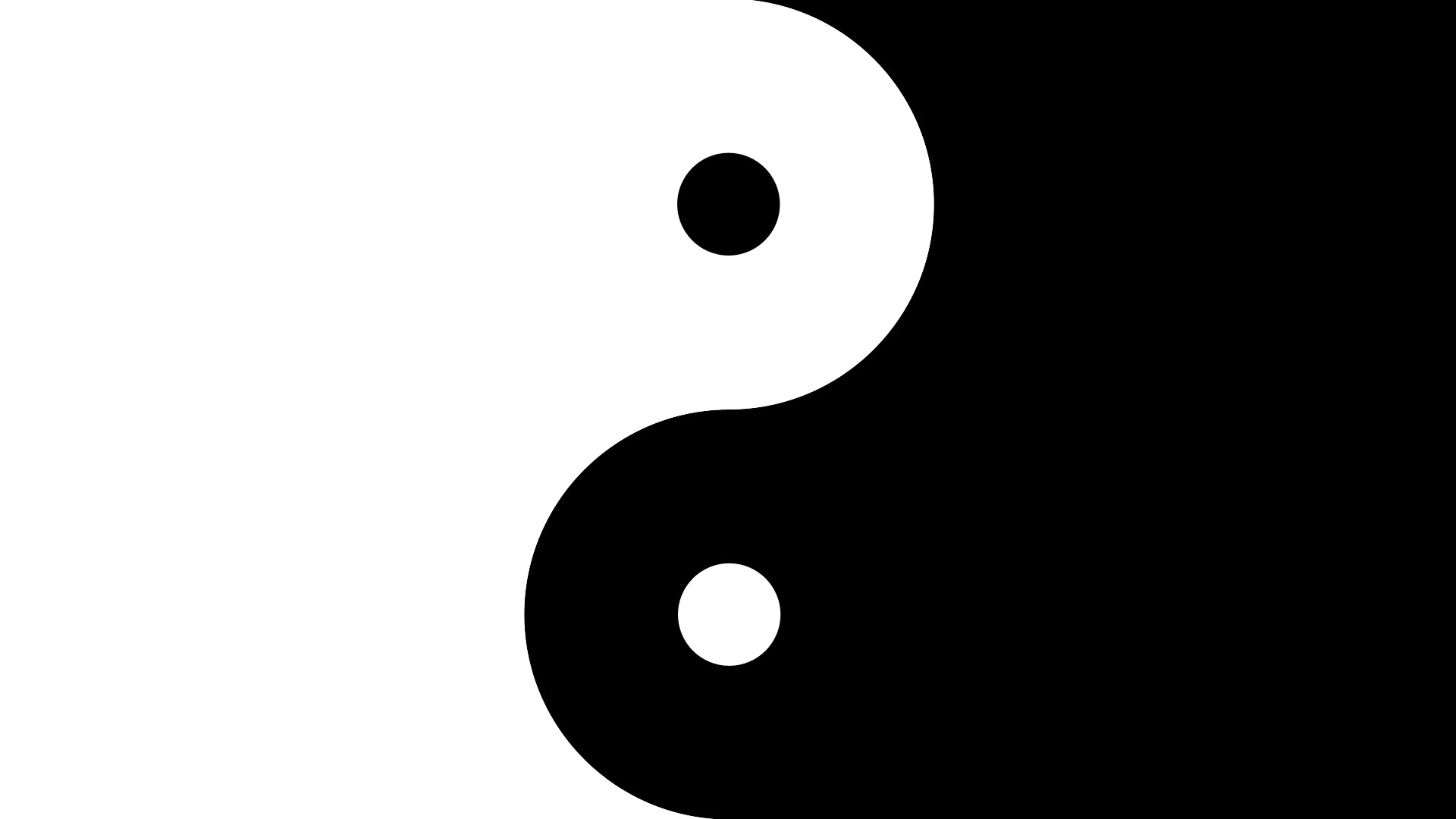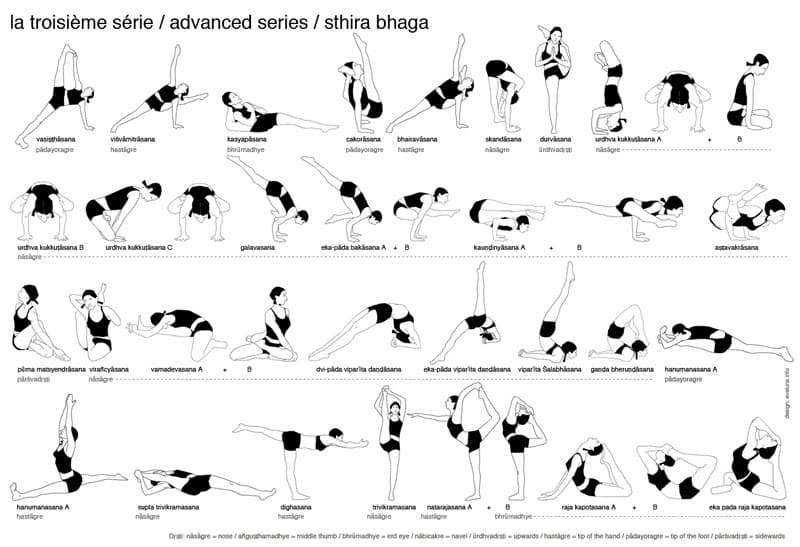Ashtanga Workshop: Primary Series Practice w/ Elliot
Ashtanga Workshop: Practice the Primary Series w/Elliot This Ashtanga Workshop for intermediate yogis is designed to help you transform your yoga practice into a more personal and healing ritual. Practice the Ashtanga Primary series with Elliot on the first Saturday of each month at EAST WIND YOGA starting February 3rd! Sign up below… Ashtanga Workshop designed … Read more


